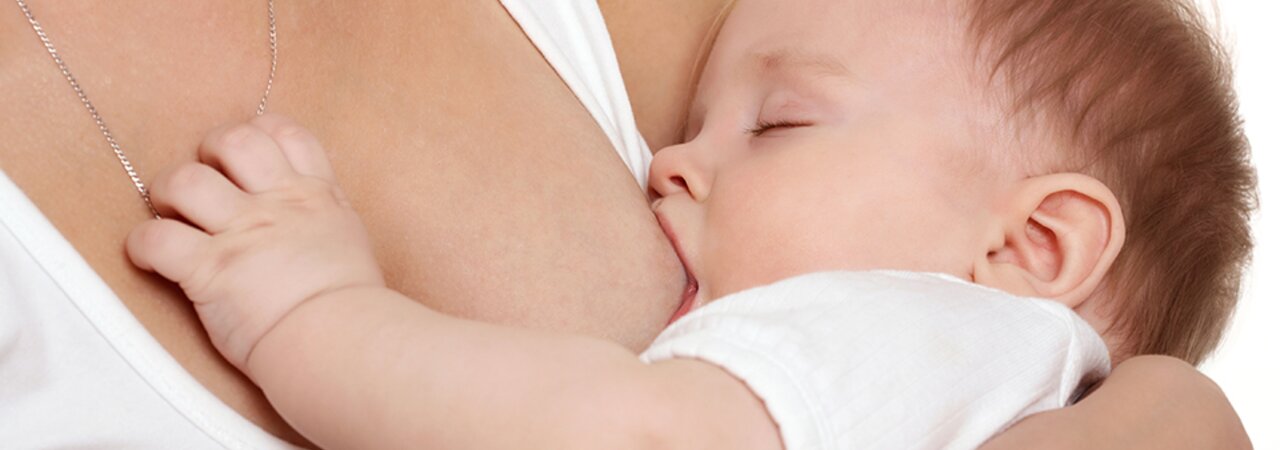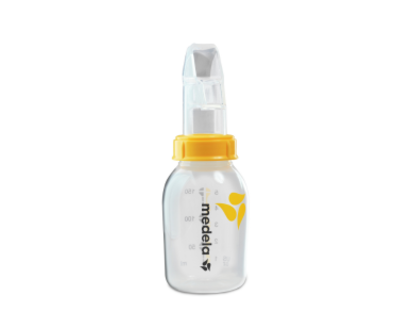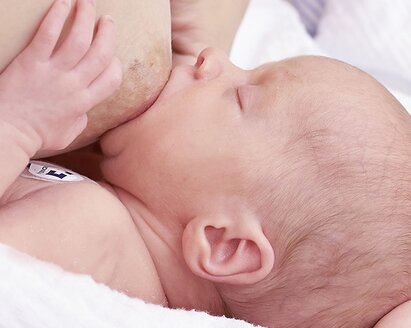You are currently viewing:
Medela - Global
You can select an alternative Medela website in one of these countries:
Please choose
Please choose
Global
Australia
Austria
Belgium
Brazil
Canada
China
Denmark
France
Germany
India
Italy
Japan
Luxembourg
Netherlands
New Zealand
Norway
Poland
Portugal
Spain
Switzerland
Sweden
UK
United States of America
You can select an alternative Medela website in one of these countries:
You can select an alternative Medela website in one of these countries:
Products
Pumps
Extra pump parts
Maternity & pumping bras
Bottles & bags
Cleaning
Breast care
Special feeding needs
NICU
Dummies
Bottles & bags
Hospital-only products
Breast milk storage bottles
Easy Pour Breast Milk Storage Bags
Cooler Bag breast milk storage
Feeding bottles with teats
Spare Teats
Calma™ Feeding System
Cleaning
Quick Clean™ Microwave bags
Quick Clean™ breast pump & accessory wipes
Quick Clean™ Breast Pump & Accessory Sanitizer Spray
Breast care
Breast massage oil
Organic nipple cream
Purelan™ lanolin cream
Hydrogel pads
Breast shells
Milk Collection Shells
Contact™ Nipple Shields
Nipple formers
Safe & Dry™ washable nursing pads
Ultra-breathable nursing pads
Special feeding needs
SoftCup
SpecialNeeds Feeder
Supplemental Nursing System (SNS)
FingerFeeder
Baby Cup
Hands-free Electric
Freestyle™ Hands-free double electric wearable breast pump
Solo™ Hands-free single electric breast pump
Pump In Style® Hands-free double electric breast pump
Swing Maxi™ Hands-free Electric Breast Pump
Classic Electric
Solo™ single electric breast pump
Sonata® Smart double electric breast pump
Swing Flex™ Two-phase electric breast pump
Swing Maxi Flex™ Two-phase double electric breast pump
Swing Maxi™ double electric breast pump
Manual
Harmony™ manual breast pump
Silicone breast milk collector
Harmony™ essentials pack manual breast pump set
Symphony - No 1 hospital pump and sets
Symphony® breast pump
Symphony® hospital disposable pump sets
Symphony® hospital reusable pump sets
Symphony® home use pump sets
PersonalFit™ PLUS breast shield
Tubing
Tubing for Freestyle Flex™ and Swing Maxi™ breast pump
Tubing for Medela Hands-free Collection Cups
Power units
Swing Maxi™ power adapter
Pump In Style® Battery Pack
Pump In Style® with MaxFlow™ power adaptor
Maternity & nursing bras
Comfy Bra
Keep Cool™ Bra
Keep Cool™ Sleep Bra
Keep Cool™ Ultra Bra
No Pressure Band™
Enteral Feeding
Medela Enteral Feeding Pump
Medela Extension Sets with ENFit® Connectors
Medela Feeding Tubes with ENFit® Connectors
Medela GraviFeed® Syringes with ENFit® Connectors
Medela Low Dose Dual Cap
Medela Syringes with ENFit® Connectors
Medela TwistLok® Enteral Extension Sets
Medela TwistLok® Enteral Straws (for feeding preparation)
Medela TwistLok® Enteral Syringes
Medela TwistLok® G-Tube Extension Sets (for gastric feeding)
Medela TwistLok® GraviFeed® Syringe Lids
Medela TwistLok® GraviFeed® Syringe Primers
Medela TwistLok® GraviFeed® Syringes
Medela TwistLok® Polyurethane Enteral Feeding Tubes
Medela TwistLok® PVC Enteral Feeding Tubes
Medela TwistLok® Silicone Enteral Feeding Tubes
Medela TwistLok® GraviFeed® Syringes
Medela Feeding Tubes with ENFit® Connectors
Medela Feeding Tubes with ENFit® Connectors
Medela Feeding Tubes with ENFit® Connectors
-
Products
- Products
- Pumps
- Extra pump parts
- Maternity & pumping bras
- Bottles & bags
- Cleaning
- Breast care
- Special feeding needs
-
NICU
- NICU
-
Enteral Feeding
- Enteral Feeding
- Medela Enteral Feeding Pump
- Medela Extension Sets with ENFit® Connectors
- Medela Feeding Tubes with ENFit® Connectors
- Medela GraviFeed® Syringes with ENFit® Connectors
- Medela Low Dose Dual Cap
- Medela Syringes with ENFit® Connectors
- Medela TwistLok® Enteral Extension Sets
- Medela TwistLok® Enteral Straws (for feeding preparation)
- Medela TwistLok® Enteral Syringes
- Medela TwistLok® G-Tube Extension Sets (for gastric feeding)
- Medela TwistLok® GraviFeed® Syringe Lids
- Medela TwistLok® GraviFeed® Syringe Primers
- Medela TwistLok® GraviFeed® Syringes
- Medela TwistLok® Polyurethane Enteral Feeding Tubes
- Medela TwistLok® PVC Enteral Feeding Tubes
- Medela TwistLok® Silicone Enteral Feeding Tubes
- Medela TwistLok® GraviFeed® Syringes
- Medela Feeding Tubes with ENFit® Connectors
- Medela Feeding Tubes with ENFit® Connectors
- Medela Feeding Tubes with ENFit® Connectors
- Calesca Warming and Thawing Device
- 250ml Breast milk bulk preparation system
- Breast Milk Transfer Lid
- Dummies
- Articles
- Medela Family
- Lactation professionals
- Shop Finder
- Contact us
- Customer Voices
- Services






